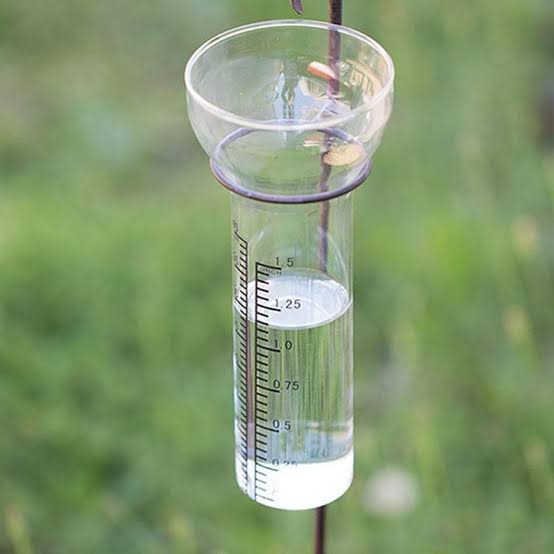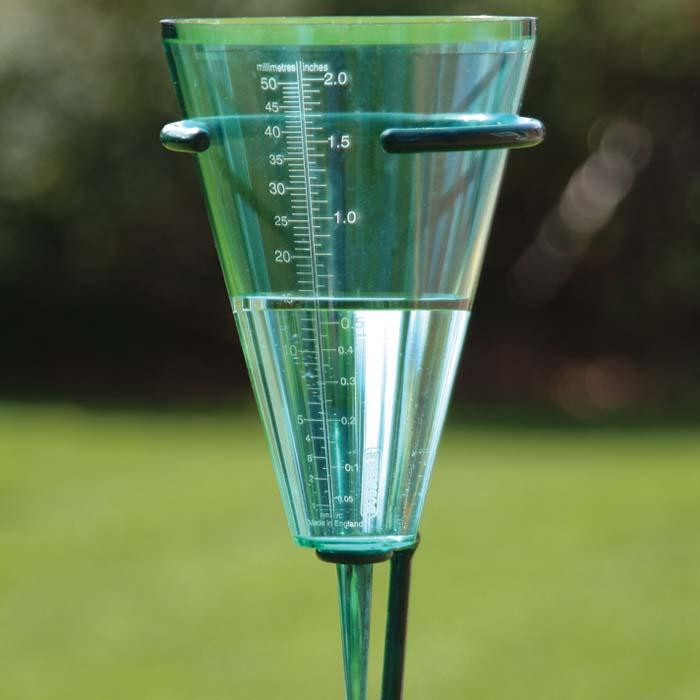| Posted on
Rainfall is measured using instruments called rain needles, which come in colorful designs but serve the common purpose of quantifying the quantum of rush. The most traditional type is the standard rain hand, conforming to a spherical channel that directs rain into a graduated and calibrated vessel. The collected rainwater is also measured in millimeters, indicating the depth of rainfall over a specific area.
Ultramodern electronic rain needles use advanced technology to give real-time data. These biases generally employ a tilting pail medium or an importing scale to measure downfall. In the tilting pail system, rainwater accumulates in a small channel, causing a pail to tip and empty. The number of tips correlates with the quantum of downfall. importing scale rain needles, on the other hand, measure the increase in weight of a vessel holding the collected rainwater.
Radar and satellite technology also contribute to rainfall dimension on a larger scale. Weather radar detects rush by bouncing radio swells off drops, furnishing information about the intensity and position of rainfall. Satellites equipped with remote-seeing instruments prisoner images and data, allowing meteorologists to dissect rush patterns over vast regions.
These styles inclusively contribute to accurate and comprehensive downfall measures, essential for understanding rainfall patterns, managing water coffers, and assessing the impact of rush on the terrain.

Also Read:- What is acid rain?
0
0 Comment
| Posted on
Rain falls in drops from clouds. To gauge rain, we use tools that trap rain and let us find how much fell. A rain gauge does this job well. It has a wide top to catch all drops and a thin tube at its core to show the depth of rain. As rain builds up in the tube, we can read off the total from marks on its side. To get a fair count for an area, many rain gauges get spread out across it. Their data gets pooled and averaged to find the typical rain depth. Rain gauges come in two main types: non-recording and recording. Non-recording gauges need us to check them and write down their read-out by hand at set times. Recording gauges do this task solo by using a pen to mark a chart of rain build-up over time. These types prove more apt for long stretches sans folks on hand to check. Still, all rain gauges must have their catch tanks emptied and reset from time to time to stay ready for the next rain event. Rain gauges may seem simple but they pack key pros and cons. On the plus side, they directly track rain in its natural form as it falls. Yet they can badly skew rain reads if badly sited or built wrong. Winds can blow raindrops far from the gauge mouth. A funnel aids this issue but may cause splashing that spills rain out. A gauge near a tall tree or structure may also catch less of the full rain flow. To truly check rain gauge reads and get the most accurate local rain data, we pair them with other rain sensors. Radar and satellite images let forecasters see rain bands as they form and move in. Ground-based sensors detect rain by its impacts on radio waves. With all these tools combined, we get a strong grasp on rain amounts across a full region.

0
0 Comment
